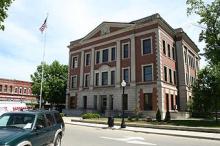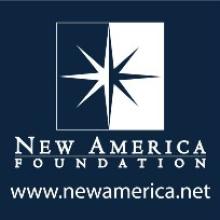Monticello Public Partners Light Up Fiber in Illinois
Kids in the Monticello Community Unified School District #25 (CUSD #25) are now enjoying a new publicly owned fiber optic network. The School District is one of four public partners that collaborated to install the network and share the $306,000 in deployment costs. The City of Monticello, Piatt County, and the Allerton Public Library began the project a year ago with the School District to execute a plan to improve local connectivity.
Approximately 5,000 people live in Monticello, the Piatt County Seat, located in the center of Illinois. The City operates water and wastewater services but not an electric utility. CUSD #25 includes approximately 1,600 students.
According to a Piatt County Journal article, the partners will equally share the annual $12,000 maintenance costs. They will also divide fees for managing the system, estimated at $5,000 - $10,000 per year; the partners will hire a third party to handle network operations. In the future, the School District may manage the network themselves to eliminate that expense.
We connected with Vic Zimmerman, Superintendent for CUSD #25 to find out more.
Until now, the District depended on a patchwork of T1 lines and DSL to connect their five facilities. The schools used four lines to obtain 170 Mbps bandwidth for which they paid $3,500 per month. According to Zimmerman, CUSD #25 rarely received speeds faster than 50 Mbps.
The school has added wireless access points to its five schools to enable Wi-Fi, but lacked the necessary bandwidth to run the system efficiently. Student smartphones on the guest network exacerbated the problem. Zimmerman and CUSD knew they needed more bandwidth to handle future technology demands; they needed fiber.
Piatt County, the City of Monticello, and the Library suffered similar problems. When they approached incumbent providers Verizon and Frontier, they were told fiber would be brought into the area but neither knew when.



